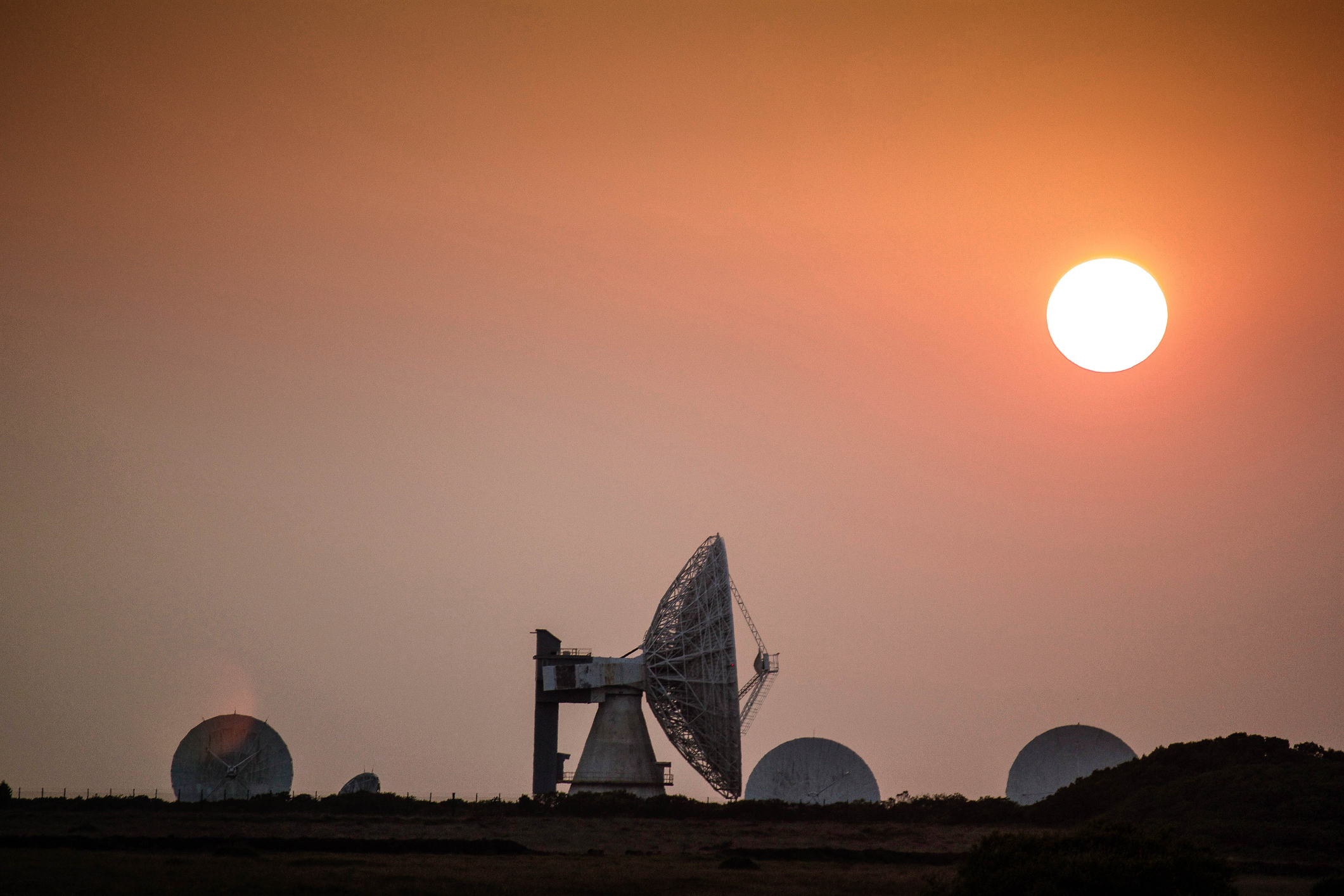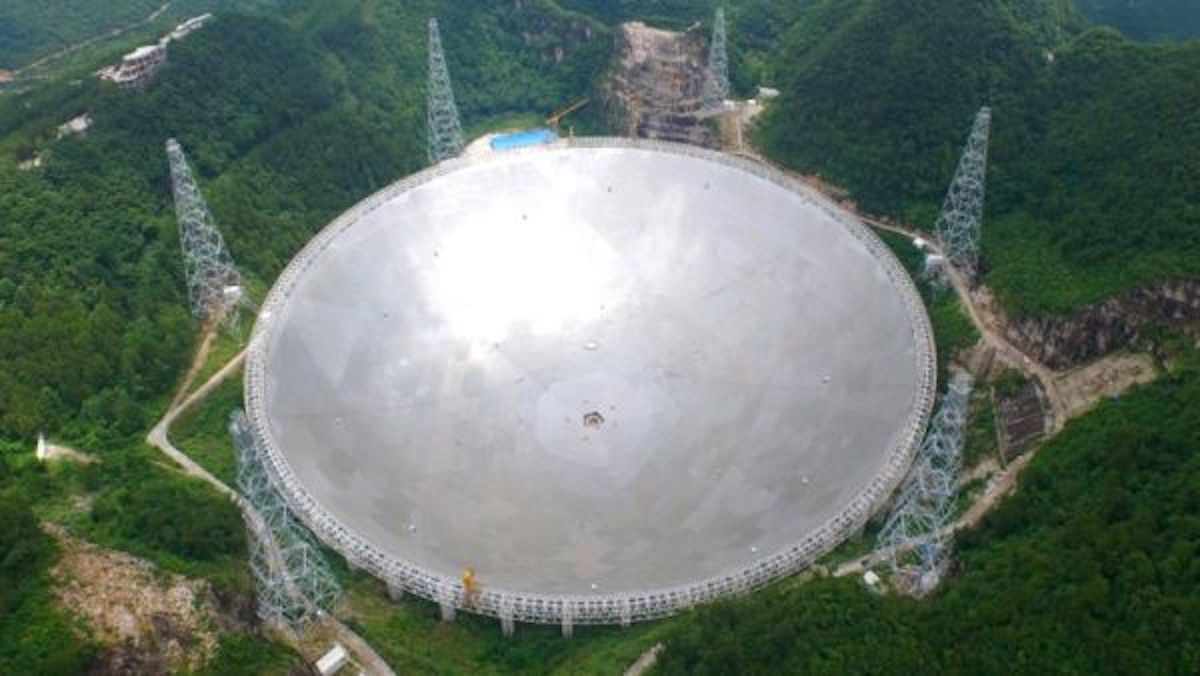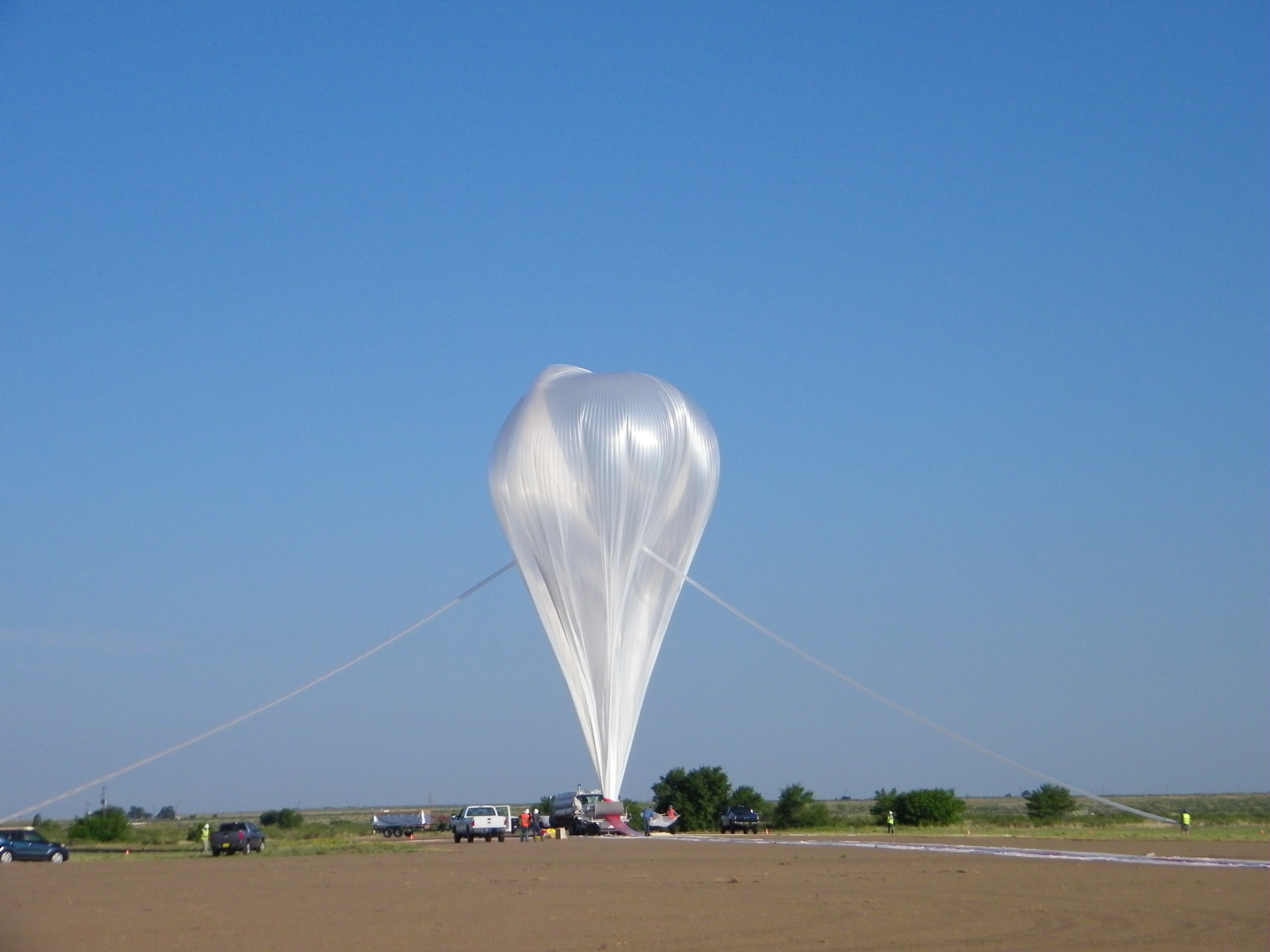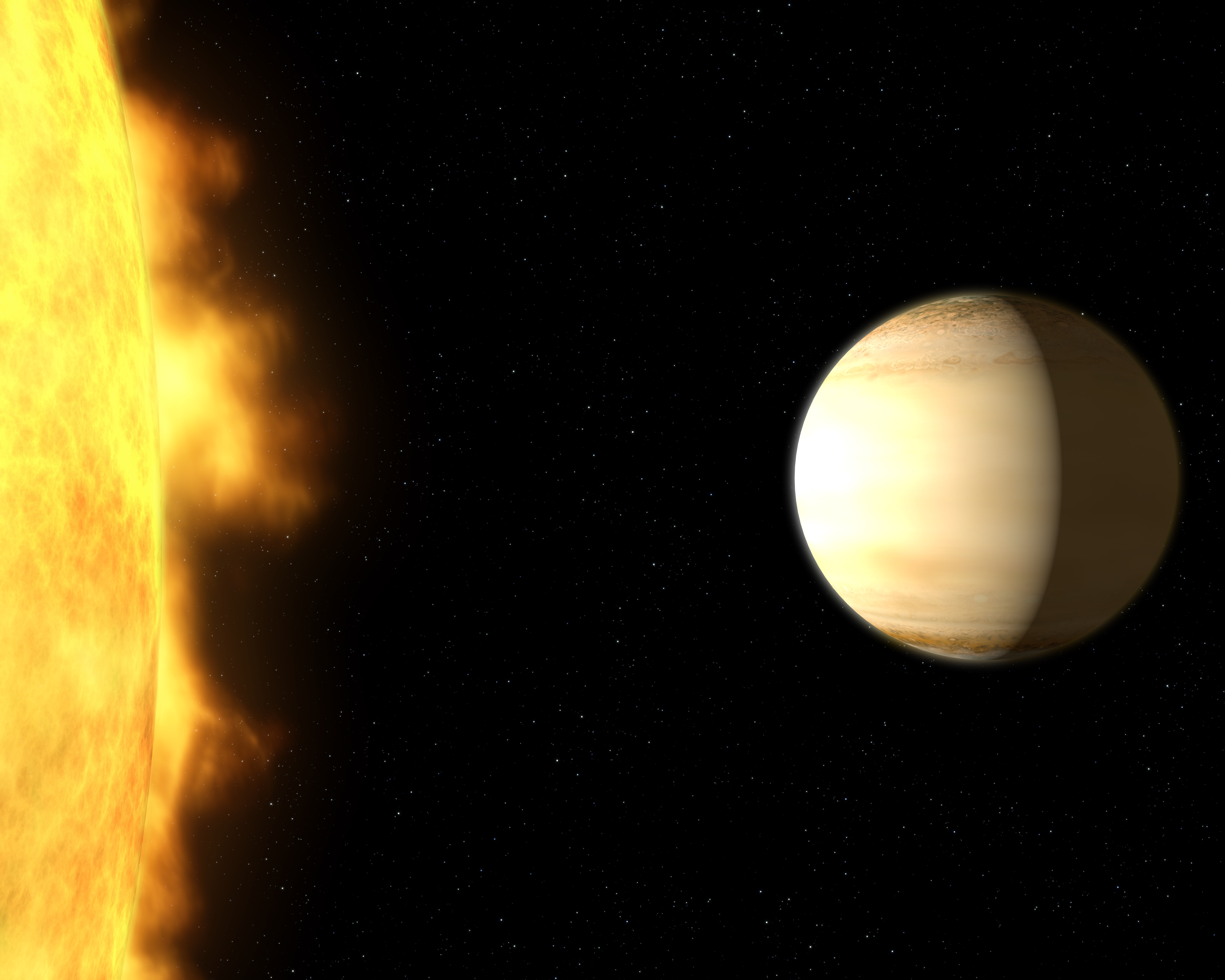Few inquiries captivate and intrigue humanity as much as the question, “Are we alone in the universe?” Exploring the possibility of extraterrestrial life has become crucial in gaining insights into our cosmic significance.
This exploration encompasses a wide range, from the observation of unidentified flying objects (UFOs), also known as unidentified aerial phenomena (UAPs), to investigating signals originating beyond our solar system. The deployment of the most advanced orbiting telescope to explore alien worlds adds a new dimension to the search for life among the stars.
However, despite innovative research and a renewed focus on UFO investigation, 2022 witnessed both progress and frustrating setbacks. The year brought about a turning point in UFO awareness, with increased sightings prompting experts to emphasize the importance of the next 12 months in understanding these mysterious objects.
The U.S. government’s growing interest in UFOs, as evidenced by the establishment of a dedicated office, reflects a shift towards a more formalized approach. The declassification of UFO reports, including medical cases related to encounters with anomalous vehicles, added complexity to the ongoing discourse.
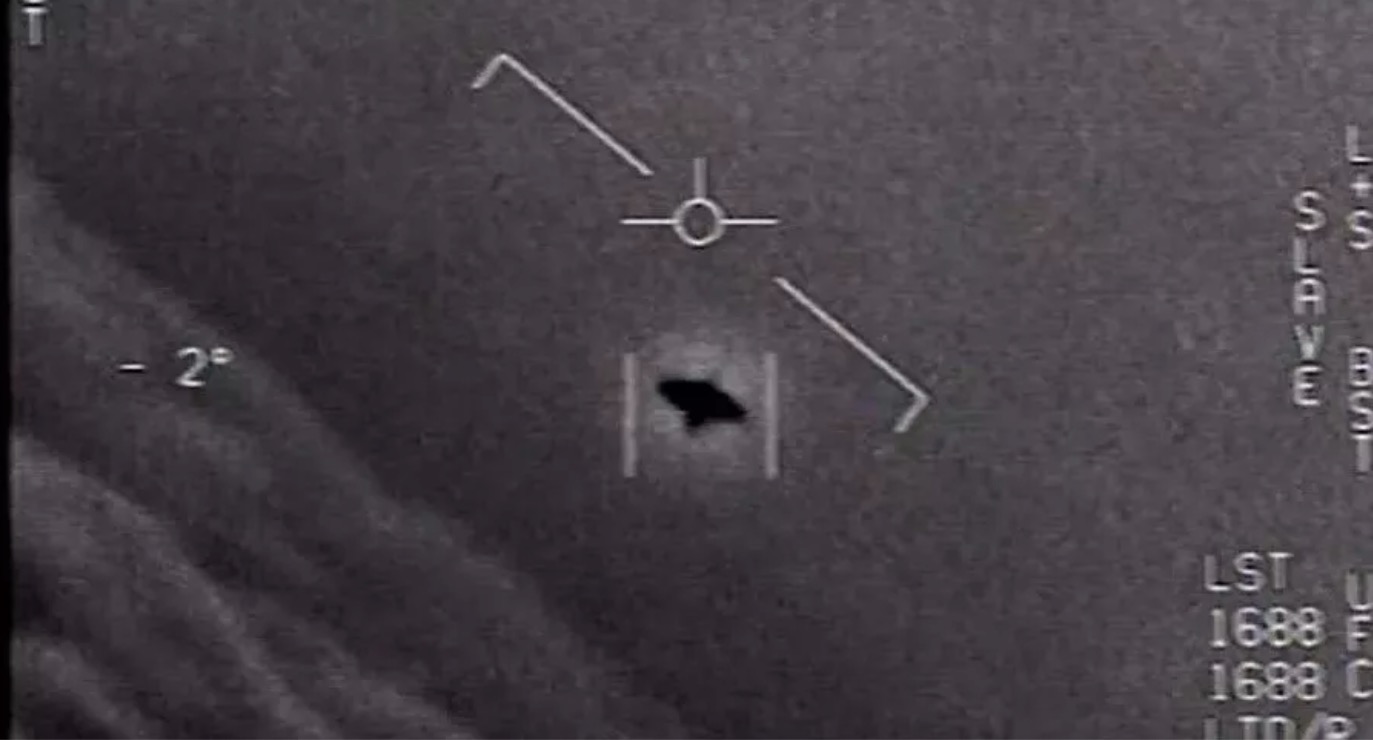
In proposing solutions to the Fermi paradox, scientists in May 2022 suggested that advanced civilizations might face collapse due to energy demands or maintain equilibrium, presenting a potential explanation for the absence of detectable extraterrestrial life. Another notable initiative involved sending a message to potential alien civilizations, alerting them to Earth’s climate crisis and seeking assistance.

Despite the excitement generated by signals detected by China’s FAST, skepticism arose, with some attributing the signals to human interference rather than intelligent alien life. A team of scientists proposed the intriguing idea that advanced civilizations might prefer Dyson spheres around white dwarfs as habitats.
NASA’s commitment to a scientific study on UAPs and the ongoing search for alien artifacts within our solar system added to the year’s developments. However, the revelation that many UFO sightings could be explained as “airborne clutter” or optical illusions tempered expectations.

The James Webb Space Telescope’s deep observation of the exoplanet WASP-39 b in November 2022 marked a significant advancement in the search for extraterrestrial life, offering a comprehensive profile of its atmosphere. As the telescope focuses on the TRAPPIST-1 system, with its potentially habitable exoplanet TRAPPIST-1e, the quest for life beyond Earth continues with heightened anticipation.
